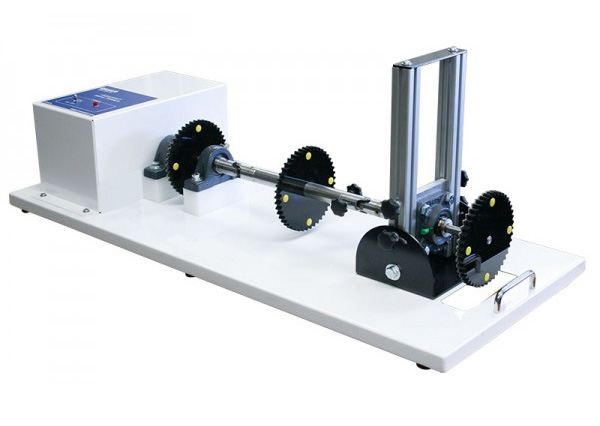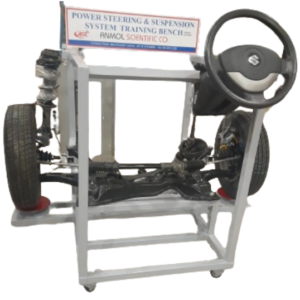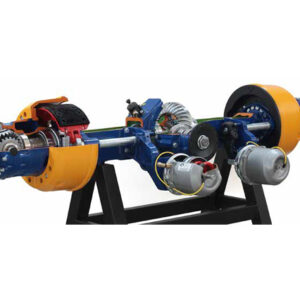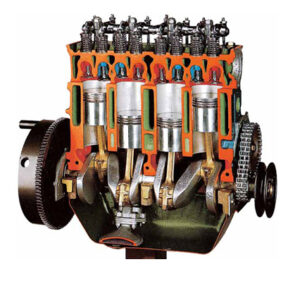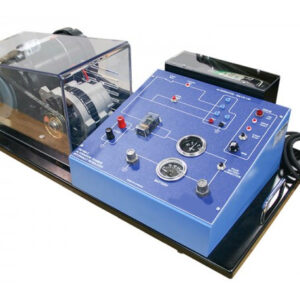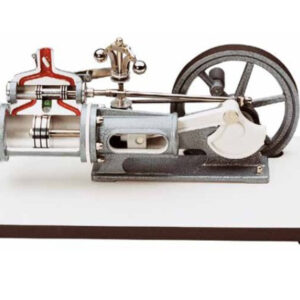Working Model of Drive Shaft
Educational model is designed to help demonstrate and simplify the complex acceleration and deceleration phenomenon that occurs in revolving universal joints and drive shafts operating at various angles. Even when the input driveshaft rotates at constant speed, the output driveshaft maintains a variable speed depending on the angle between them, which causes vibrations and wear over time. The higher the angle between the shafts, the more amplified the effect is.
Propeller shaft, sometimes called a carden shaft, transmits power from the gearbox to the rear axle. Normally the shaft has a tubular section and is made in one- or two-piece construction. The two-piece arrangement is supported at the mid point by a rubber-mounted bearing. Short drive shafts are incorporated for the transmission of power from the final drive assembly to the road wheels in both front and rear wheel drive layouts.

